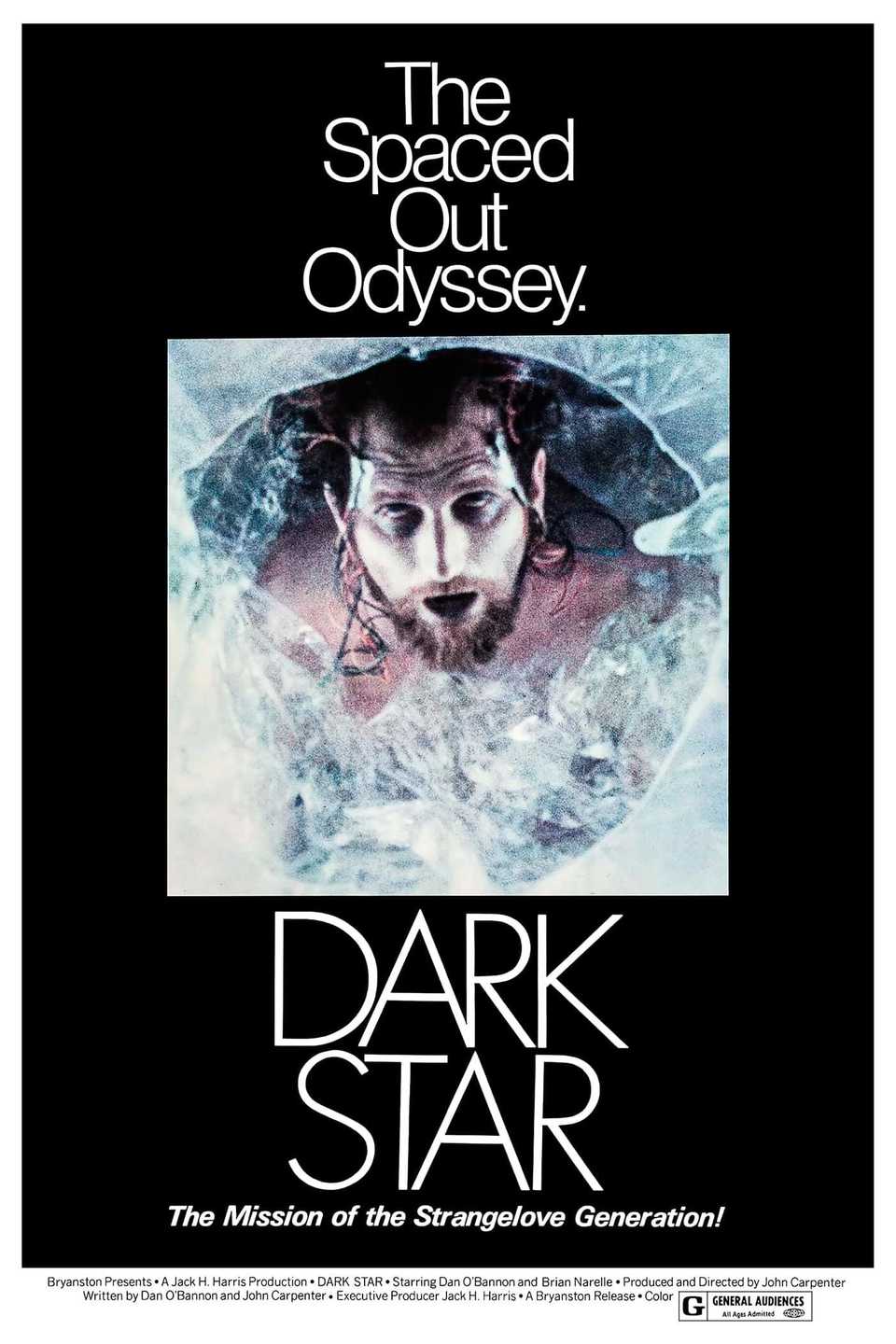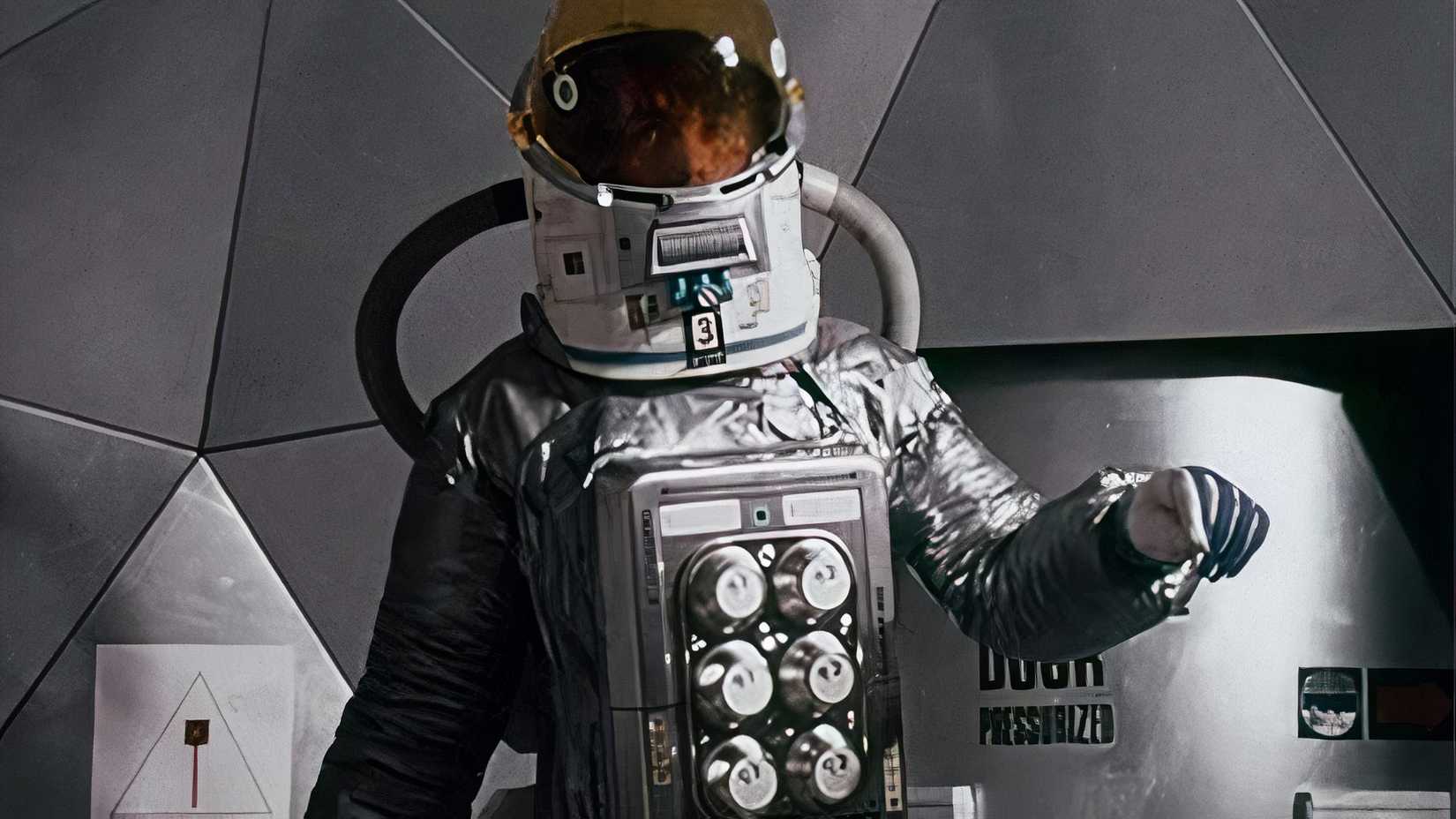Like the terrifying life forms that give the franchise its name, the Alien saga just can’t be stopped. After four original films and three prequels, the franchise recently escaped the multiplex to invade TV screens in FX’s Alien: Earth, currently airing its acclaimed first season. Alien’s gritty, gruesome vision of the horrors that lie in deep space has become so ingrained in popular culture that it’s easy to forget its more modest beginnings.
Even before Ridley Scott’s claustrophobic first film in 1979, some of the ideas that would eventually become Alien had their origins in a much different project: Dark Star, the 1974 feature debut of director John Carpenter. A film school collaboration with future Alien scribe Dan O’Bannon, Dark Star was made on a tiny budget, but it’s become a cult classic in its own right. It’s a modest first outing for two horror legends, but it contains several ideas that O’Bannon would later revisit to much greater success.
‘Dark Star’s Film School Origins
Carpenter and O’Bannon first met in the early ’70s as students at USC film school, deciding to collaborate on a burnt-out ’70s riff on 2001: A Space Odyssey. They made a 45-minute version of the film in 1972, attempting to get financing to expand the short to feature length. After a few false starts, they were able to complete the movie two years later, with the final budget coming in at around $60,000 (just under $400,000 in today’s dollars). Everything was done on the cheap, with O’Bannon in particular wearing multiple hats as screenwriter, actor, visual effects supervisor, and editor.
The film follows the crew of the titular spacecraft as they travel through the galaxy, destroying “unstable” planets with the aid of sentient, AI-equipped bombs. Stuck on the ship together for 20 “Earth years,” the crew has begun to grow resentful of each other, dealing with the endless drudgery of their mission and a ship that’s continually breaking down. The movie has an appropriately shaggy structure, without a lot of narrative throughline, following the ship’s crew as their sanity continues to fray.
Dark Star’s ambitions might have been modest, but it’s stuffed with fascinating sci-fi ideas, like the aforementioned sentient bombs and the fate of the ship’s commander, Powell (Joe Saunders), who remains in a state of suspended animation after an accident, caught between life and death. It’s narratively loose, but the movie is a testament to the resourcefulness and creativity of its filmmakers, who were able to conjure a malfunctioning spacecraft on a minuscule budget.
How ‘Dark Star’ Connects to ‘Alien’
While Dark Star isn’t an official Alien movie in any capacity, O’Bannon would recycle several of its ideas when coming up with the story for Alien. The film’s depiction of space travel as a slog rather than an adventure predicts Alien’s crew of interstellar working stiffs, risking their lives in deep space for the benefit of a faceless corporation. The grungy, broken-down feel of the ship would inspire the similarly rough environs of the Nostromo.
More directly, there’s a sequence in the film where O’Bannon’s character, Sergeant Pinback, is stalked and forced to fend off an alien life form on the ship that he had previously adopted as a mascot. This scene, originally added to pad out the film’s runtime, would serve as a direct inspiration for Alien’s story of a crew under attack from a much more intimidating entity. Dark Star’s alien invader is far less frightening than a Xenomorph, given that it’s literally a beach ball with claws. While Dark Star was meant to be funny, O’Bannon was reportedly frustrated with the audience’s lack of laughter, deciding that if he couldn’t make people laugh, maybe he could scare them instead.
Although Dark Star received a theatrical release in 1975, it was not well-received by critics or audiences. However, it was enough to get both Carpenter and O’Bannon a foot in the door in the movie business. O’Bannon ended up on the radar of Alejandro Jodorowsky, who tapped him to handle visual effects for his upcoming adaptation of Dune, also set to feature work by future Alien designer H.R. Giger. As detailed in the wildly entertaining 2013 documentary Jodorowsky’s Dune, the film never came to be. This left O’Bannon broke and homeless until he got hired to do some computer effects for Star Wars, co-writing Alien with Ronald Shusett not long after.
As for Carpenter, he would get the chance to direct his proper debut, the low-budget exploitation picture Assault on Precinct 13. The skill for making the most of small budgets that he’d developed on Dark Star served him well, allowing him to put his own stamp on the project, still one of his most beloved films. While the duo would never collaborate again, they both helped to define the horror genre in the modern age, and their work together has reverberated far beyond its modest origins. Dark Star might not be a masterpiece, but its impact is undeniable.
Stream on Prime Video, or free (with ads) on Pluto TV, Shout! Factory TV, or The Roku Channel.

Dark Star
- Release Date
-
April 1, 1974
- Runtime
-
83 Minutes
-

Brian Narelle
Lt. Doolittle
-

-

Dan O’Bannon
Sgt. Pinback alias Bill Fruge
-

This story originally appeared on Movieweb


